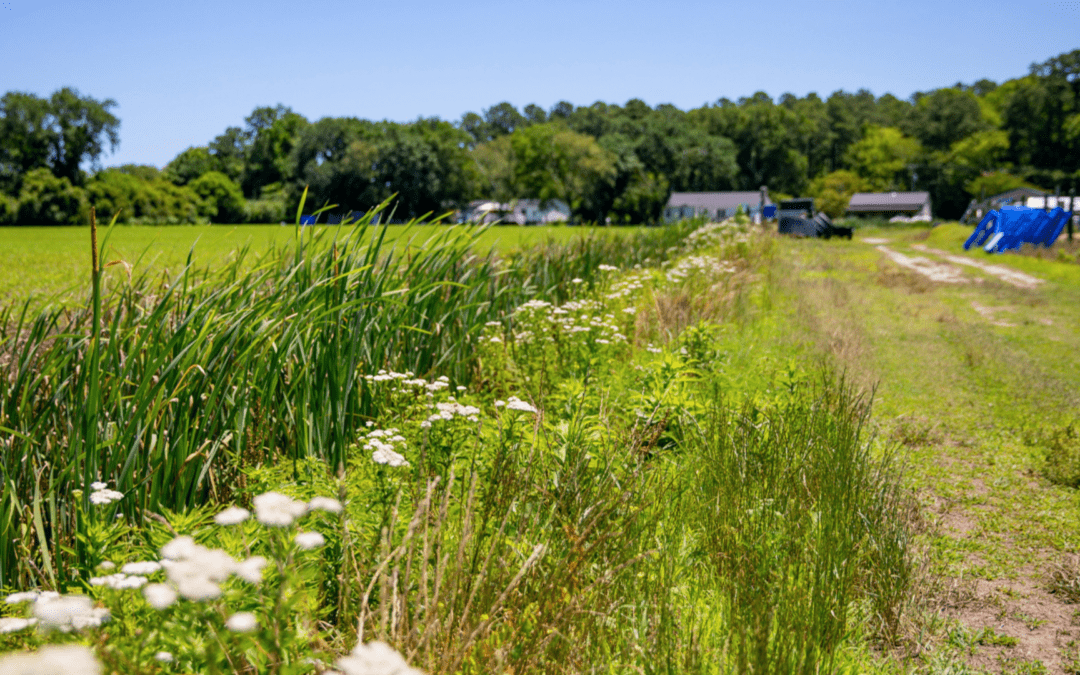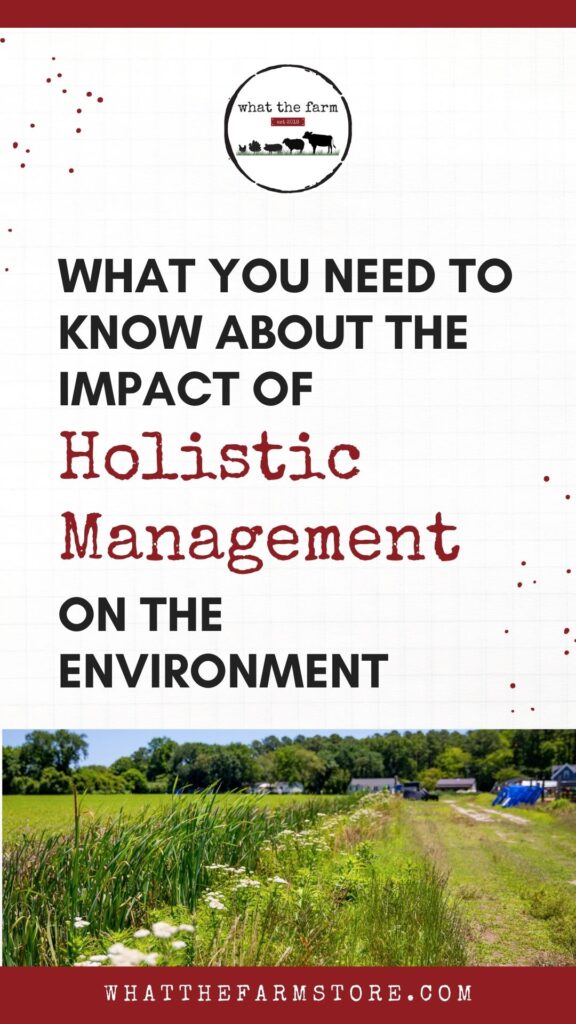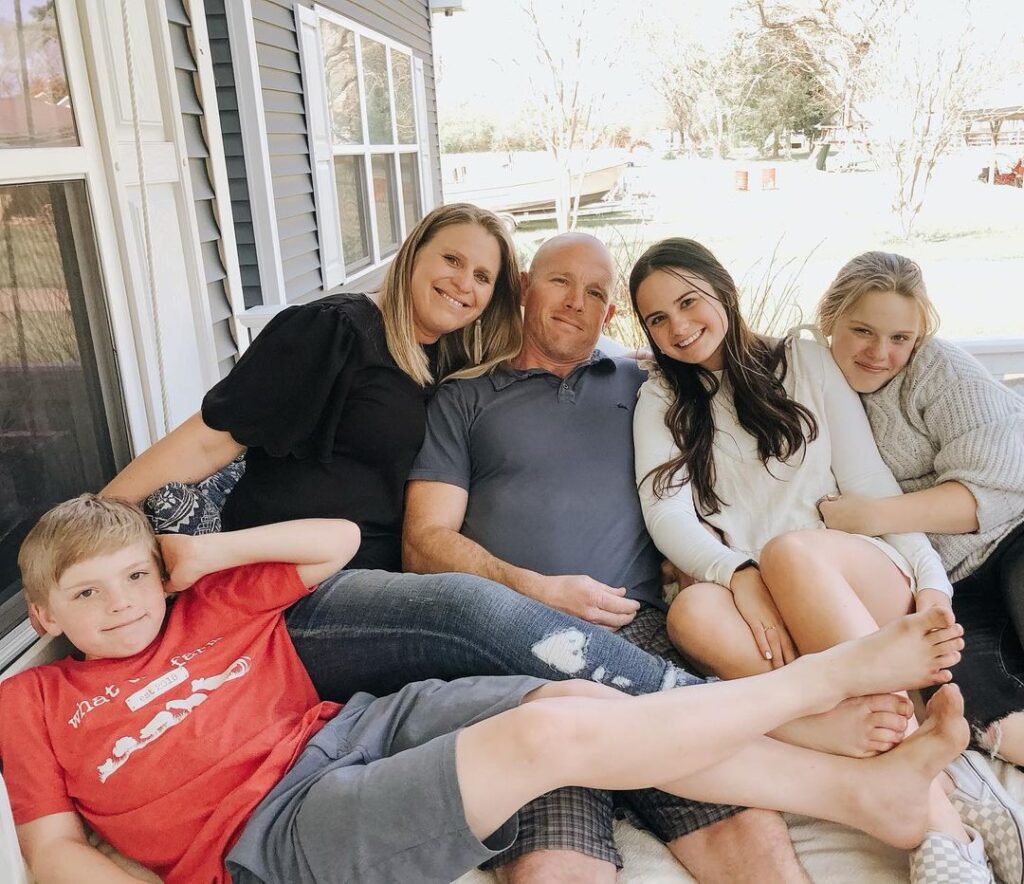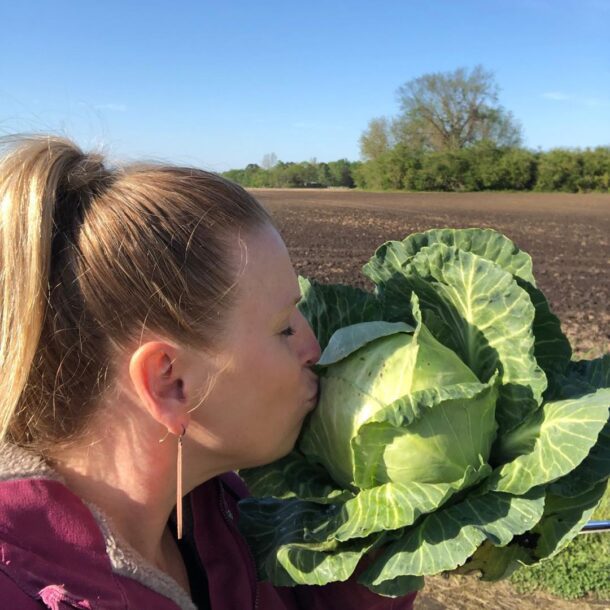There has been a lot of talk in recent years about the impact of holistic management on the environment. Some people say that it is environmentally friendly, while others say that it is not. So, what is the truth? Let’s take a closer look at holistic management and its impact on the environment.
What is Holistic Management & Regenerative Farming?
What is regenerative farming? If you had asked me this question a year ago, my answer would be “farming that is good for the soil.” While that is true in part, it’s a simple explanation—linear thinking. As Chris and I are diving into full-time farming, I am focusing on the teaching side of our farm while Chris concentrates on animal husbandry. It makes sense since I have spent most of my life in education. For the purpose of sharpening my skills and becoming a more effective “regenerative farmer,” I am taking part in a Holistic Management Comprehensive with the Robinia Institute here in Virginia. This is a regional hub of the Savory Institute, whose mission is to facilitate the large-scale regeneration of the world’s grasslands and the livelihoods of their inhabitants, through holistic management.
In an effort to catalog my own learning and hopefully shed some light on what it really means to be regenerative, over the next few weeks, I will be writing about the four key insights to holistic management. While this is a little different from the recipes, tips, and experiences that I usually blog about, I hope you find it insightful and thought-provoking.
Let’s get started with part one!
Nature Functions in Wholes and Patterns
The first key insight is “Nature Functions in Wholes and Patterns.” Nature is such a complex system, and we will never be able to understand the intricate details that make up our landscapes. When I look out of my window, I see chickens walking around, sheep and cows grazing, some grass, and maybe a tree or two. The human condition is to reduce things around us into manageable parts. It is in our nature to see each of these things singularly, not as a piece of a whole. Our challenge is to look at that same scene and see a circular pattern. The sun shines down on the grass, which allows the grass to make glycogen and oxygen. The plants trade the glycogen with microorganisms in the soil for valuable nutrients. The animals eat the grass and disturb the soil. The pruning of that grass causes part of the roots to die, creating organic matter to feed the microbiome in the soil. The animals poop on the soil, returning minerals that in turn nourish the soil and help more grass and trees grow. The animals eat more grass… And the pattern continues over and over.
Everything outside my window works together as a whole. If you take any of those components out, the system can’t work at peak performance. Please understand that I am no biologist. We don’t have to grasp every specific metabolic process to get the concept of the cycle. I can’t tell you how glycogen, minerals, nematodes, and fungi each function in this system. It’s enough for me to be aware that they all play their part.
Where Do We Fit In Holistic Management?
So, where do humans fit in holistic management? It’s a thought-provoking question. The truth is that humankind can’t do anything to regenerate the soil. We can’t eat the grass or trade glycogen with nematodes, and our poop is toxic. It’s a humbling position. What we can do is manage the process. We can move animals together in specific places to ensure the landscape gets adequate fertilization, followed by rest. Humans are a small but essential part of the whole. Understanding that we are just helpers and nature is doing the heavy lifting allows us to step back and see the big picture. Less is more. The less we interfere, the more impactful we can be in healing the land.
How Can You Play Your Part In Regeneration?
We all have an opportunity to support regenerative agriculture. It starts with talking to our local farmers and producers, and asking them how they raise their animals. Then we can vote with our dollars by buying food that is raised in a way that supports regeneration. By doing this, we are each playing a part in the whole, and together we can create a better future for ourselves and for generations to come. What will you do to support regenerative agriculture?
No experience necessary,
Kelly









